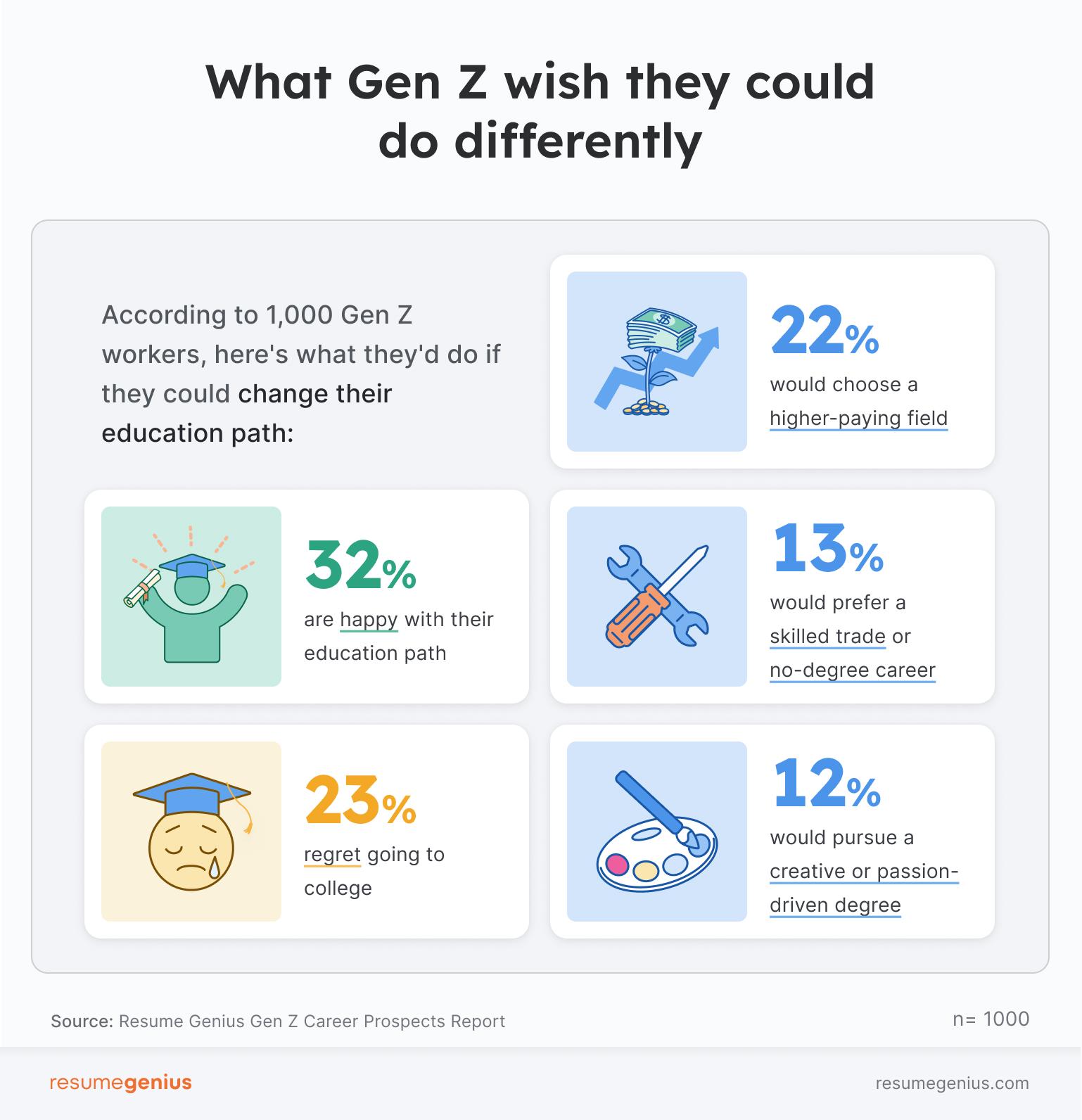Americans spend an entire week’s worth of pay on rent every month—and in some cities, a full two weeks of income is just going to housing
- U.S. median rent has risen from about $824 in 2008 to more than $1,300 in 2025. As rent has increased faster than wages, Americans are spending much more of their income on housing. On average, it now takes an entire week’s worth of pay to afford monthly rent.
It’s hard to imagine today, but about 17 years ago, rent for Americans was less than $1,000 per month. In 2008, the median rent was just $824 per month; today it’s more than $1,300—and many major metropolitan areas like New York City and Los Angeles dwarf that figure. Between 2022 and 2025 alone, rents jumped nearly 6%.
That also means Americans are spending much more of their monthly income on housing. Although it’s generally recommended not to spend more than a third of one’s income on housing, many Americans are shelling out much more than that. That’s largely due to rent prices rising faster than wage growth in the U.S.
A recent Self Financial analysis of housing data from the U.S. Census, Apartment List, Bureau of Labor Statistics, and the Federal Reserve illustrates how many hours worth of work Americans are spending on housing each month.
On average, Americans need to work 38.3 hours to cover their monthly rent, which works out to the average work week. But there’s a decent spread on the number of work hours needed to pay for rent across the U.S.
Vermont residents need to work 60.2 hours per month to meet the average monthly rental costs, the highest of any state, according to the Self Financial analysis. People living in South Dakota need just 27.6 hours to cover rent, placing them in the lowest spot. Unsurprisingly, New York City residents need to work the most hours to pay rent at 90.2 hours.
These are the five U.S. states with the highest number of hours required to cover the average monthly rent:
- Vermont: 60.2 hours
- Hawaii: 59.9 hours
- California: 52.4 hours
- New Jersey: 50.4 hours
- Maryland: 50.3 hours
And these are the five U.S. states with the fewest number of hours required to cover the average monthly rent:
- Maine: 32.3 hours
- North Dakota: 32.2 hours
- Alabama: 31.4 hours
- Arkansas: 31.1 hours
- South Dakota: 27.6 hours
See the heat map below, which shows the number of hours required to cover the monthly rent in each state. To see the number of hours, hover over each state. Deeper red indicates a higher number of hours.
While this may appear to be a grim outlook for rental housing in the U.S., there is a small glimmer of hope. As of May, median U.S. asking rent had actually dropped about 1% year-over-year, according to Redfin. That’s because apartment construction is hovering near a 50-year high, Redfin economists said.
“Even though renter demand is strong, it’s not keeping pace with supply,” said Sheharyar Bokhari, Redfin senior economist. “Many units are sitting vacant for months, which means renters have power to negotiate concessions and landlords have less leeway to keep rents high.”
Meanwhile, it’s still much cheaper to rent than to buy a home in the U.S. thanks to sky-high mortgage rates nearing 7% and home prices that are 55% higher than at the beginning of 2020, according to the Case-Shiller U.S. National Home Price Index.
Take Austin, Texas, for example. “Many people in Austin are finding that it’s a lot cheaper to rent than buy,” Austin real-estate agent Andrew Vallejo recently told Fortune. “You could buy a home and have a monthly mortgage payment of $3,200, but the same home will rent for $1,900. Unless the buyer has a good amount of money for a down payment, renting is way less expensive.”
This story was originally featured on Fortune.com










